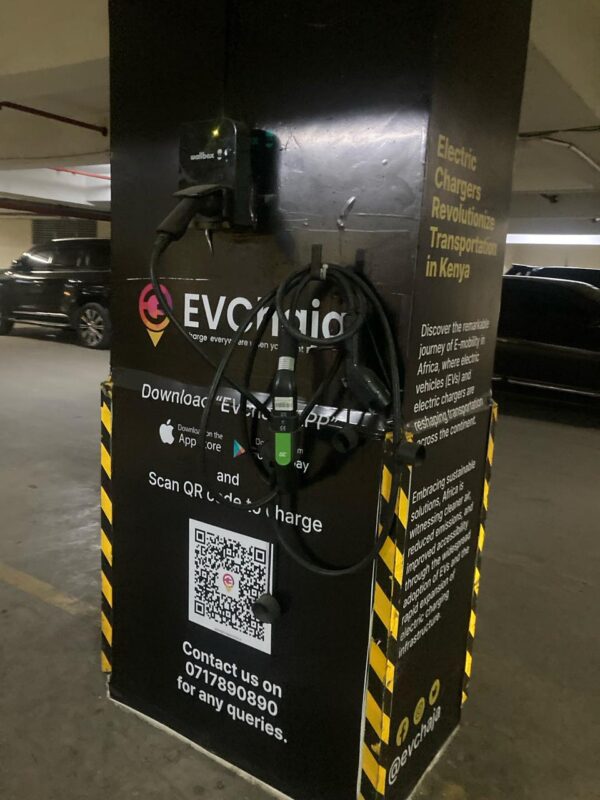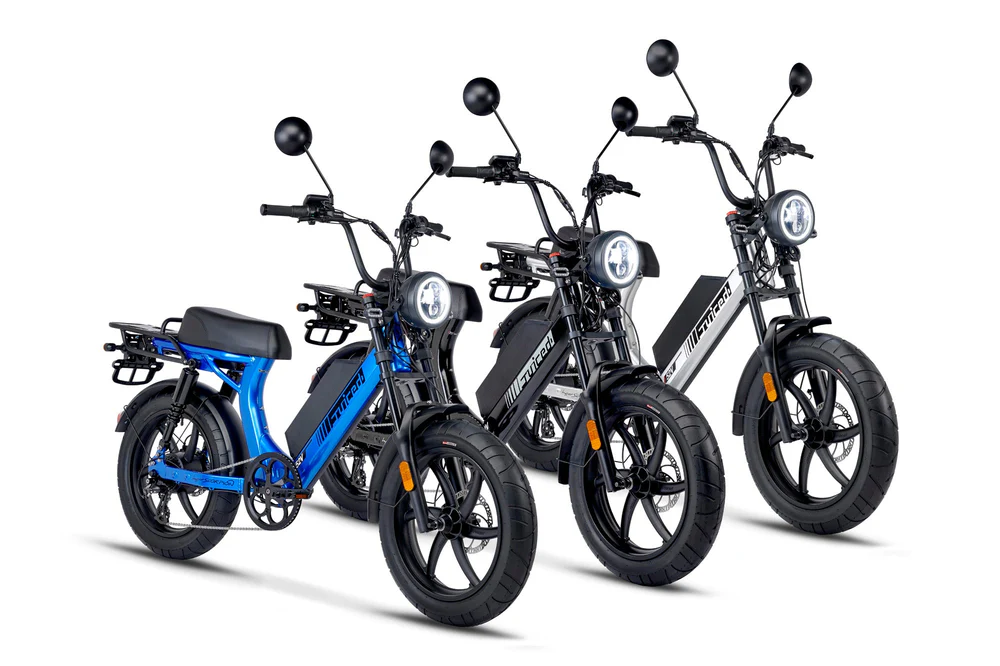Sign up for daily news updates from CleanTechnica on email. Or follow us on Google News!
There are some interesting takeaways from the latest Energy and Petroleum Statistics report from Kenya’s Energy and Petroleum Regulatory Authority (EPRA). The report covers the first half of the Financial Year 2023/2024, which is the period from July 2023 to December 2023.
In his message, the Director General of EPRA notes that “renewable energy sources continued to dominate the generation mix, constituting an impressive 84.93% of the total energy generated. Notably, the Sossian geothermal power plant, commencing full commercial operations in October 2023, added 35MW further strengthening power supply to the Central Rift region and enhancing reliability in the area.”
Commercial and industrial consumers also added to the growing share of renewables, with the total of distributed renewables (mostly solar PV) from onsite self-generation plants reaching an installed capacity of 196.2 MW over that period. This pushed the installed captive capacity to 449.5 MW; which adds up to 12.18% of the Kenya’s total nameplate installed capacity.
The Kenya-Ethiopia 200MW HVDC link also started full commercial operations during this period on 1st December 2023. This link also brings in some nice clean hydro capacity from Ethiopia’s vast hydropower recourses.
Low energy demand overnight from around 0000hrs-0430hrs, which EPRA says “coincides with the peak output from must-run sources like wind” led to the curtailment of quite a significant chunk of generation capacity, mostly from Kenya’s geothermal plants. EPRA says “curtailment of geothermal energy constituted 71.86% of the total curtailed energy,” and adds that “December witnessed the highest curtailment, driven by increased hydro energy uptake due to heavy rains, displacing geothermal energy during night-time.” 236.21 GWh of electrical energy was curtailed in total from July 2023 to December 2023.
One of the channels seen making productive use of this overnight excess energy is the promotion of the adoption of electric mobility in Kenya. Several initiatives have since been adopted in Kenya to help catalyze adoption, such as a specific electricity tariff for the electric mobility sector.
The new e-mobility tariff has been set at 16 Kenya shillings for energy consumption up to 15,000kWh during peak periods and 8 Kenya Shillings per kWh during off peak periods also up to 15,000kWh. 16 Kenya shillings works out to 13 US cents/kWh at the current exchange rate. This is before taxes and other charges are added to the final cost the consumers will pay. This also means the tariff under the TOU program will be just 6 US cents/kWh. The 16 Shillings is lower than the general domestic tariff which is 20.97 shillings per kWh for consumption above 100kWh and the small commercial tariff which has been set at 20.18 Shillings/kWh for consumption above 100kWh. The e-mobility tariff is also fixed until 2025/2026.
Kenya has a high fossil fuel import bill that is now said to be about $500 million per month and is exacerbating Kenya’s trade deficit. This new e-mobility tariff as well as the new TOU program for the small commercial categories, which has been set at 50% of the energy charge, will help boost uptake of e-mobility.

It seems we can now start to track consumption from the electric mobility sector from the aggregation of data from those that have signed up for the special electric mobility tariff. The EPRA report says that 5,205.79 GWh were consumed by all the major sectors over the period. 2,706.62 GWh of electrical energy were consumed by large commercial and industrial customers, accounting for 51.99% of total consumption. Domestic consumers were the second largest group consuming 1,599.33 GWh, which is about 30.72% of total energy consumption. Small commercial enterprises were next utilizing 843.04 GWh, or 16.19% of the overall electrical consumption during the period under review. Street lighting was next with consumption of 56.48 GWh of electrical energy, which works out to about 1.09% of the total energy consumption.
A welcome new entry on the consumption charts was electric mobility! During the period under review, 0.32 GWh was consumed by electric vehicles, which is close to 0.01% of the total energy consumption. This consumption is probably from commercial operations like charging of electric buses as well as powering battery charging and swapping centers for the nascent electric motorcycle sector. The actual consumption could be a bit higher considering the fact there a probably quite a few private electric vehicle owners as well as corporate fleets that have not yet switched to meters on the dedicated electric mobility tariffs platform, and therefore their consumption is not included in the data.
All in all, it’s a good start and it’s great to see that we can now get an idea of electricity consumption from the electric mobility sector in Kenya, and it is super cool that all of these electric vehicles will be charging on some nice renewable energy that dominates the grid in Kenya.
Have a tip for CleanTechnica? Want to advertise? Want to suggest a guest for our CleanTech Talk podcast? Contact us here.
Latest CleanTechnica.TV Video
CleanTechnica uses affiliate links. See our policy here.




